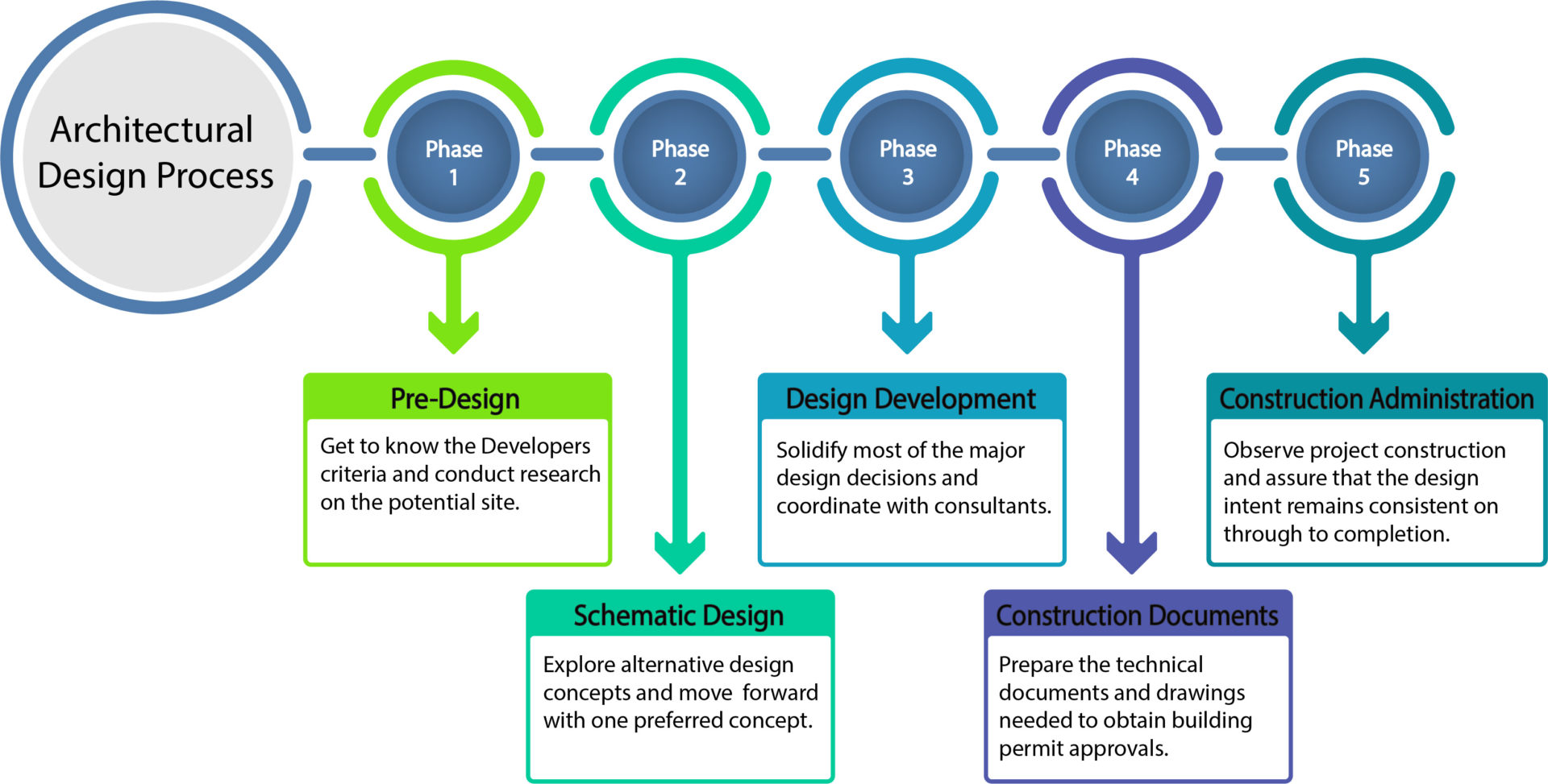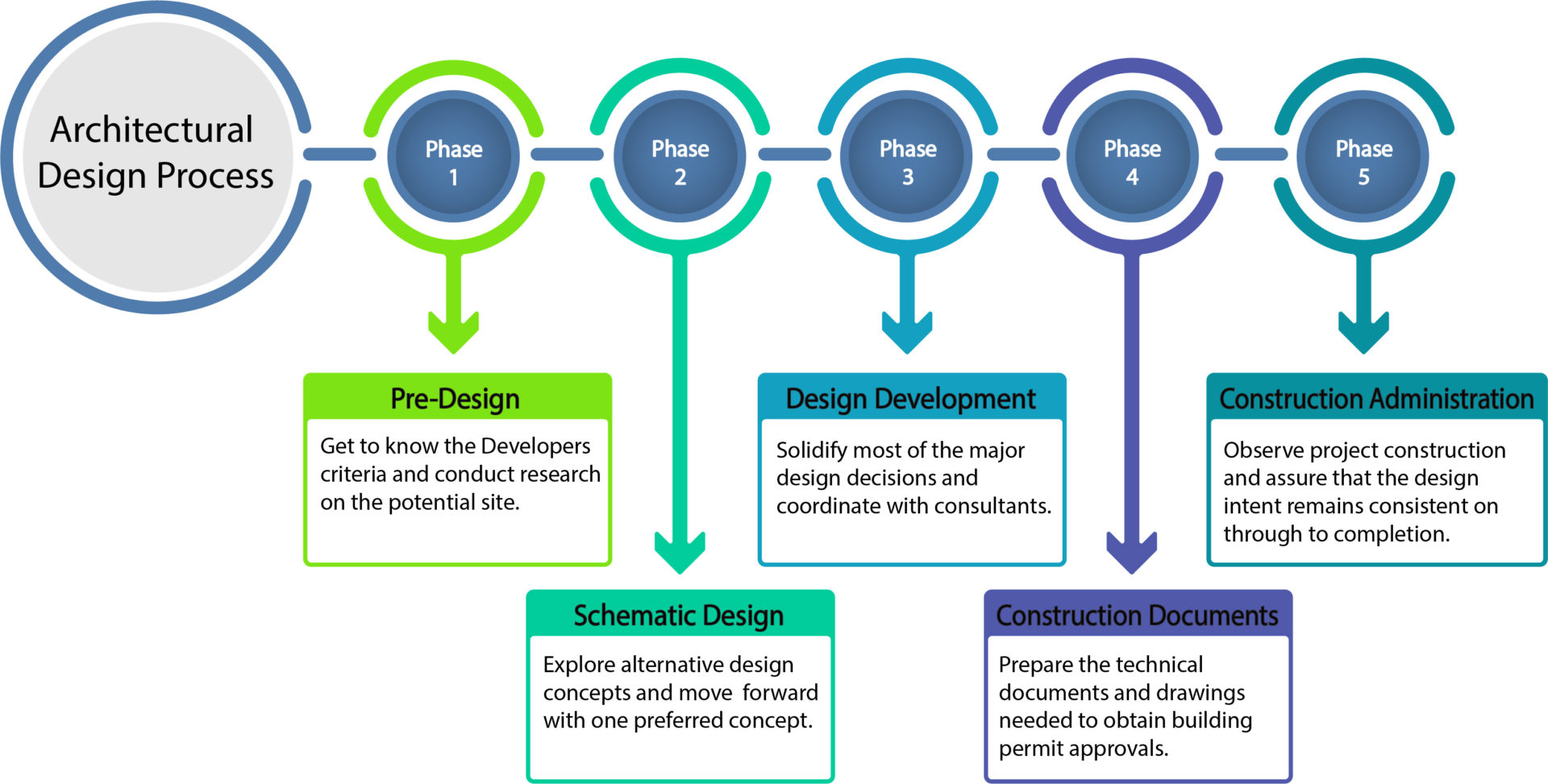Essential Steps For Building A Successful Architectural Project
Architecture is more than just designing buildings. It is about creating a space that reflects the vision and values of the client while also being functional and aesthetically pleasing. However, creating a successful architectural project is not an easy feat. It requires careful planning, attention to detail, and collaboration between the architect, client, and contractor. In this article, we will discuss the essential steps for building a successful architectural project, from the initial planning stages to the final construction phase. Whether you are a seasoned architect or a first-time client, this guide will provide you with the tools and knowledge to ensure your project’s success.
Essential Steps for Building a Successful Architectural Project
Building an architectural project is a complex process that requires careful planning, attention to detail, and a strong understanding of design principles. In this article, we will explore the essential steps for building a successful architectural project. From concept development to project completion, these steps will guide you through the process and help to ensure that your project is a success.
Step 1: Define the Project Scope
Before beginning any architectural project, it is important to define the scope of the project. This includes identifying the purpose of the project, determining the required square footage, and establishing a budget. It is important to have a clear understanding of what the project entails before beginning any design work.
Once the project scope has been defined, it is important to create a project plan that outlines the timeline, milestones, and budget. This plan should be reviewed and updated regularly throughout the project to ensure that everything is on track.
Step 2: Conduct a Site Analysis
The next step in building a successful architectural project is to conduct a site analysis. This involves analyzing the physical characteristics of the site, including the topography, climate, and orientation. It is also important to consider any zoning or building code requirements that may impact the design.
Once the site analysis has been completed, it is important to develop a design concept that takes into account the site characteristics. This concept should be reviewed and refined until it meets the needs of the project.
Step 3: Develop the Design
With the site analysis and design concept in place, the next step is to develop the design. This involves creating detailed drawings and specifications for the project. It is important to work closely with the client and other stakeholders to ensure that the design meets their needs.
During the design phase, it is also important to consider sustainable design principles, such as energy efficiency and the use of environmentally friendly materials. This can help to reduce the environmental impact of the project and lower operating costs over time.
Step 4: Obtain Permits and Approvals
Once the design has been developed, it is important to obtain the necessary permits and approvals. This can include building permits, zoning variances, and environmental permits. It is important to work closely with local authorities to ensure that all requirements are met.
Step 5: Select a Contractor
With the design and permits in place, the next step is to select a contractor to build the project. It is important to choose a contractor who has experience with similar projects and who has a good reputation in the industry.
During the contractor selection process, it is also important to consider factors such as cost, schedule, and quality. It is important to find a contractor who can deliver the project on time, within budget, and to a high standard of quality.
Step 6: Manage the Construction Process
Once construction begins, it is important to manage the process closely to ensure that everything is on track. This involves regular site visits, monitoring progress, and addressing any issues that arise.
It is also important to maintain open lines of communication with the contractor and other stakeholders throughout the construction process. This can help to ensure that everyone is on the same page and that any issues are addressed promptly.
Step 7: Conduct Quality Control Inspections
During the construction process, it is important to conduct quality control inspections to ensure that the work meets the design specifications and meets industry standards. This can help to identify any issues early on and prevent costly rework later on.
Step 8: Complete the Punch List
Once construction is complete, it is important to complete a punch list. This is a list of any outstanding items that need to be addressed before the project is considered complete. It is important to address these items promptly to ensure that the project is delivered on time and to a high standard of quality.
Step 9: Conduct a Final Walkthrough
After the punch list has been completed, it is important to conduct a final walkthrough of the project. This involves reviewing the work with the client and other stakeholders to ensure that everything meets their expectations. Any final issues or concerns should be addressed at this time.
Step 10: Close out the Project
The final step in building a successful architectural project is to close out the project. This involves finalizing all paperwork, obtaining any necessary certifications, and transferring ownership to the client. It is important to ensure that all loose ends are tied up and that the project is fully completed before closing it out.
In conclusion, building a successful architectural project requires careful planning, attention to detail, and a strong understanding of design principles. By following these essential steps, you can help to ensure that your project is a success from start to finish.
Frequently Asked Questions
What are the initial steps for building a successful architectural project?
The initial steps for building a successful architectural project are crucial. You need to identify the scope of the project, determine the budget, and come up with a clear plan and timeline. Conduct research on the site and its surroundings, and make sure to involve all stakeholders in the planning process. A clear understanding of the client’s needs and preferences is also important at this stage.
After the initial planning, you need to develop the conceptual design and present it to the client for approval. Once the design is approved, you can proceed to the detailed design phase, where you create detailed drawings and specifications for the construction process.
What are the key factors to consider when selecting an architectural firm?
When selecting an architectural firm, you need to consider several factors. First, consider the firm’s experience and expertise in the type of project you want to undertake. Look at their portfolio and past projects to see if they align with your vision.
Second, consider the firm’s reputation and track record. Check reviews and testimonials from past clients to see if they were satisfied with the firm’s work. Finally, consider the firm’s communication and collaboration style, as this will be crucial in ensuring a successful project outcome.
How can you ensure that your architectural project stays within budget?
To ensure that your architectural project stays within budget, you need to have a clear understanding of the project scope and timeline from the outset. Set realistic goals and expectations, and ensure that all stakeholders are on the same page.
During the design and construction phases, keep a close eye on costs and make adjustments as needed. Involve a cost consultant or quantity surveyor early in the process, and continuously monitor the project against the budget to ensure that it stays within the allocated funds.
What are some common challenges that can arise during an architectural project?
Architectural projects can be complex and involve many stakeholders, which can lead to a range of challenges. One common challenge is managing the project timeline and ensuring that all parties are working towards the same goals.
Other challenges can include managing costs, ensuring that the design vision is translated accurately into the construction process, and dealing with unexpected issues that may arise during construction. Effective communication and collaboration between all parties involved can help to mitigate these challenges.
How important is sustainability in architectural projects?
Sustainability is becoming increasingly important in architectural projects, as the industry looks to reduce its impact on the environment and create more sustainable buildings. A sustainable approach can also have financial benefits, such as reducing energy costs and increasing the value of the building over time.
To ensure sustainability in architectural projects, it is important to consider factors such as energy efficiency, use of sustainable materials, and the building’s impact on the surrounding environment. This can help to create buildings that are not only aesthetically pleasing, but also contribute positively to the community and the planet as a whole.
Watch THIS Before Starting A Architecture Project!
In conclusion, building a successful architectural project requires a combination of skill, passion, and dedication. It is important to first establish clear goals and objectives for the project and communicate them effectively with the team. Collaborating with other professionals such as engineers, contractors, and interior designers is also crucial to ensure a cohesive and well-executed project.
Furthermore, attention to detail and careful planning throughout the entire process is necessary to avoid costly mistakes and delays. This includes conducting thorough research, creating detailed plans and blueprints, and regularly reviewing progress to ensure that the project stays on track.
Ultimately, a successful architectural project is not just about creating a beautiful building, but also about creating a functional and sustainable space that meets the needs of its users. By following these essential steps, architects can create innovative and impactful designs that stand the test of time.




Leave a Reply